Hiking Bellavista is a marvelous experience. Imagine walking outside of your house, climbing a hill of maybe a hundred meters and seeing a completely different kind of habitat. That is what you’ll find at Bellavista Cloud Forest Reserve. Each and every change in elevation is an introduction to a new microclimate!
Hike Bellavista To Really Explore The Cloud Forest
Unbelievably, a change in a hundred meters can mean different trees, different insects, and different frogs. Believe it or not, it means the difference between seeing a Violet-tailed Sylph or a Booted-racket Tail Hummingbird.
Even though you can see many birds just by staying in one place near the lodge, you increase your odds of seeing more by heading out to the many hiking trails on the reserve. And boy, are there a lot of trails!
Hiking Up A Stream
On the first afternoon of our long weekend, we headed out to the top of Bellavista Reserve to hike a trail that was partly submerged in water. Unbelievably, we hiked in the middle of a stream that led to a beautiful, little waterfall. Strenuous hiking, to say the least! Even with the lodge-provided rubber boots, I managed to get my feet wet by stepping in a thigh-deep hole mid-stream, one that everyone else managed to miss.
The purpose of this hike was not birding. Rather, we learned a lot about the terrain and flora of a typical Cloud Forest. The primary forest, the part that has never been cut down, is very different from those parts that were once harvested for wood or turned into farmland. For example, the trees are taller. Therefore, the sun has a much harder time filtering down to the forest floor. Thus, the entire feel of the primary forest is very different, quiet except for the birds that you can hear high in the canopy. Definitely more humid and more enclosed.
Hiking in Primary Forest
On similar hikes through the primary forest during our weekend, we often heard hummingbird wings whirring right by our heads. Only once did we see an actual hummingbird in this forest, their speed making it all but impossible to track them down. Nonetheless, the one we did see was spectacular; he hovered by our heads and afforded us the best possible view of his scalloped tail, brown center framed by white, and his lovely curved beak. This quick glance enabled us to later identify him as a Tawny-Bellied Hermit, a rare visitor to the sugar feeders at the lodge.
Birding in Primary Forest is a Frustrating Experience
When just two or three of us hiked, we would always hear birds in the primary forest. Yet it was a frustrating experience. The birds in these parts are shy and take great patience to see. Sometimes, we would manage to get a glimpse through our binoculars. However, we knew that a photo was a near impossibility.
The sounds of the birds were intriguing. For example, one bird would call a sweet trill and if you listened carefully, you could hear birds echoing a response in the distance. According to our guide, the call always lasted exactly 12 seconds. Unbelievably, he also told us that this loud bird makes this sound from the forest floor. I had an incredibly hard time imagining that strong, deep sound coming from a bird on the ground. You see, I had thought a bird would need to be high in the canopy to be heard so far away.
While it was tough to see birds here, we weren’t caught out with no sightings. Luckily, we saw both Montane and Strong-billed Woodcreepers in these parts, most often tearing up one of the myriad of bromeliads while looking for insects.
Hiking More Open Terrain
We saw the most birds in more open areas. The first was right alongside the road which functioned as a trail for bikes and pedestrians with only a rare car making an appearance. It is here that we saw the Grass-green Tanager having a morning meal.
Another smaller road parts ways and heads to the Research Station. Here we saw the most gorgeous Turquoise Jay. We ended up in this location no more than three separate times on the hunt for the Plate-billed Mountain Toucan. We never failed to hear the jay, loud and always willing to let other birds know that we were in the area. Perhaps I can blame that jay for scaring away the Toucans because we never saw them.
Occasionally we could hear the clacking sound of toucan bills but always far in the distance.
We also followed an illusive woodpecker, never quiet seeing him but following his persistent knocking from tree to tree as we walked along the path. Nevertheless, even without seeing the birds we could hear, the hike was always worth it for the view alone.
Views From the Road
In the early morning light, it was possible to see as many as 10 mountain ranges, if you included the one where we stood. And in the early afternoons you could watch the clouds form and change in the distance. Each time, the view was different and each time it was impressionable.
Hiking Bellavista Compost Heap Trail
While not its official name, a trail leading to an open area by the compost heap was a great place to spot birds. We never failed to see the Sickle-winged Guan in these parts. Maybe, just maybe, we caught a glimpse of what I think was a White-throated Crake. It is best identified from over-exposing a photo we took of it in the gloom of some very heavy brush. His speckled tail stuck out though the rest of him remained hidden.
In this area, we also saw a female Masked Trogon hunting insects. She would sit ever so patiently on a branch, almost posing for pictures, then suddenly she would be off, grabbing some flying insect out of the air before settling on a new perch. We were lucky to see her again by the main lodge on a very rainy afternoon. Which brings up the subject of water on the trails. Though well maintained, the Bellavista hiking trails can’t soak up the massive amounts of water that fall in a single afternoon rain shower. Therefore, they can be quickly inundated, becoming slippery with viscous mud. It’s best to play it safe and take hiking poles, wear rain boots, and be prepared to turn around!
Reclaimed Farmland Trail
Another area we enjoyed hiking was at the very top of the reserve. It was a trail that meandered through old orchards and farmland. Here the forest had yet to return and we were able to see some birds in the brush as well as see the most intricate orchids hanging off large trees.
Our guide on this day was also able to show us the interconnected web of this land. The hike took us through almost every habitat in the area – he pointed out spiders mating among the leaves of a bromeliad; he caught a small frog living in a boggy area by the trail; he taught us about the sap that comes from the Dragon’s Blood Tree as red as you can imagine and found only in primary forest; we learned of Witches’ Fingers, poisonous purple fruit that look almost like hot peppers, and Inca Earrings, pink flowers that dangle from bushes.
In short, even hiking Bellavista trails every day, we saw only a small part of the reserve. Trails criss-cross the land and each one offers a new and exciting adventure. We want to return and head up to the high view point of Trail W and visit Discovery Falls of Trail D. It’s one of the benefits of living in a foreign country – once you find a great place you love, it is easy enough to return and continue the adventure.
This post was originally published on September 12, 2013. It has been updated for clarity and formating.
Tandayapa's Bellavista Reserve
Your purchase helps support our website.
Angie's Review: Our family stayed at Bellavista in 2013. We very much enjoyed our stay. The rooms were comfortable and the food was well-prepared. At this time, a visit included two guided hikes a day and we were impressed with the quality of guiding and the amount of information we learned. Perhaps our favorite part of the trip was sitting on the protected patio during a rainstorm, sipping on canelazos, while watching the hummingbirds go wild at the feeders. It was an unforgettable moment.

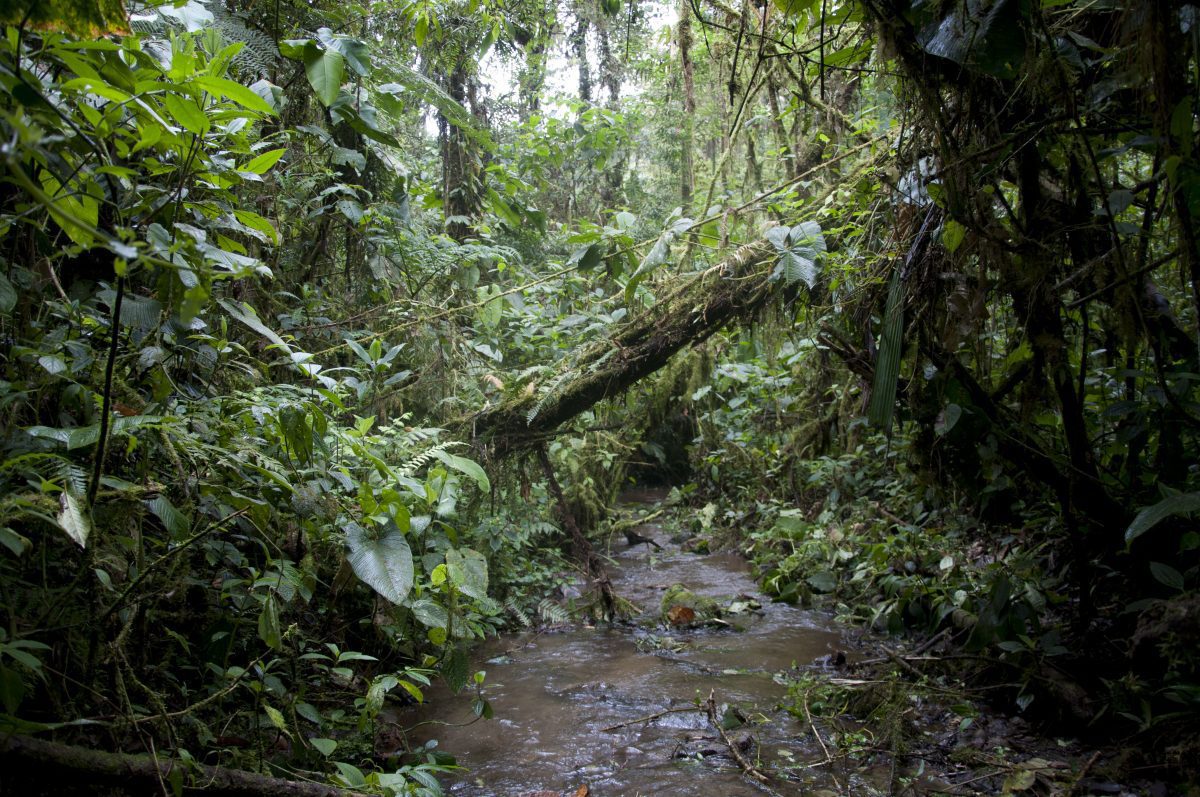
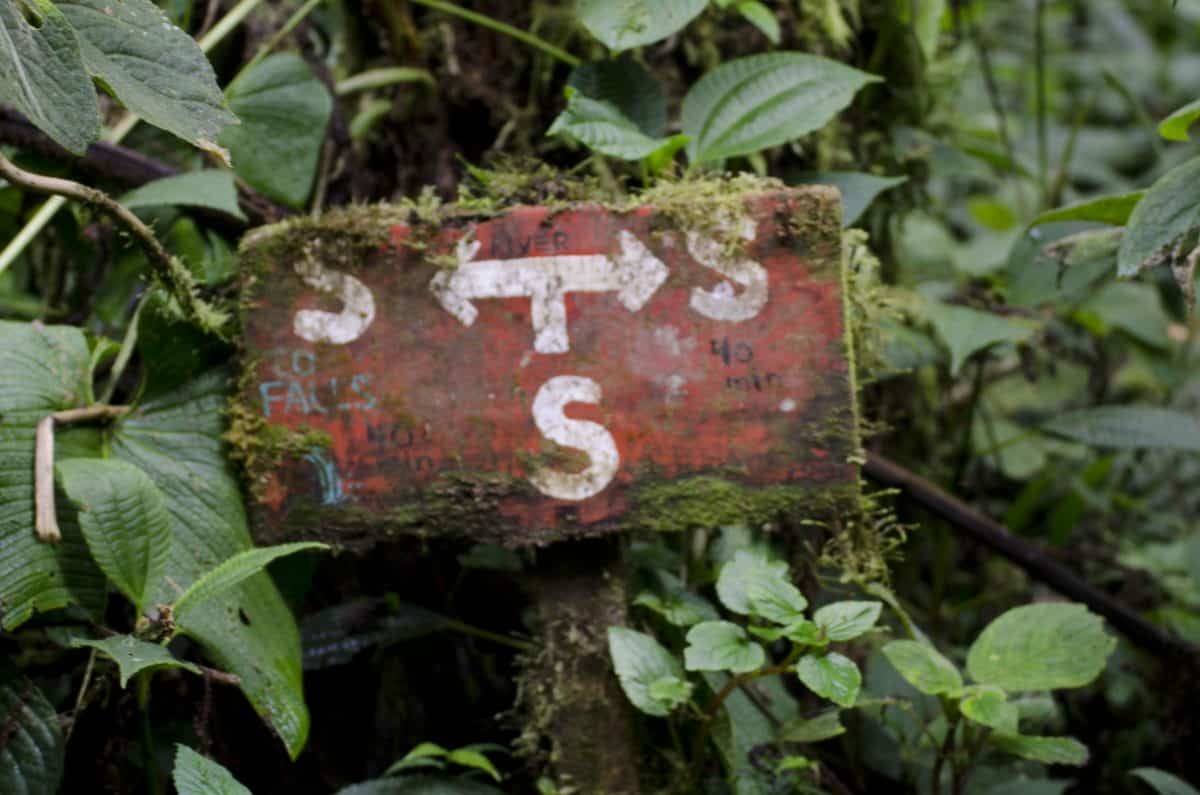
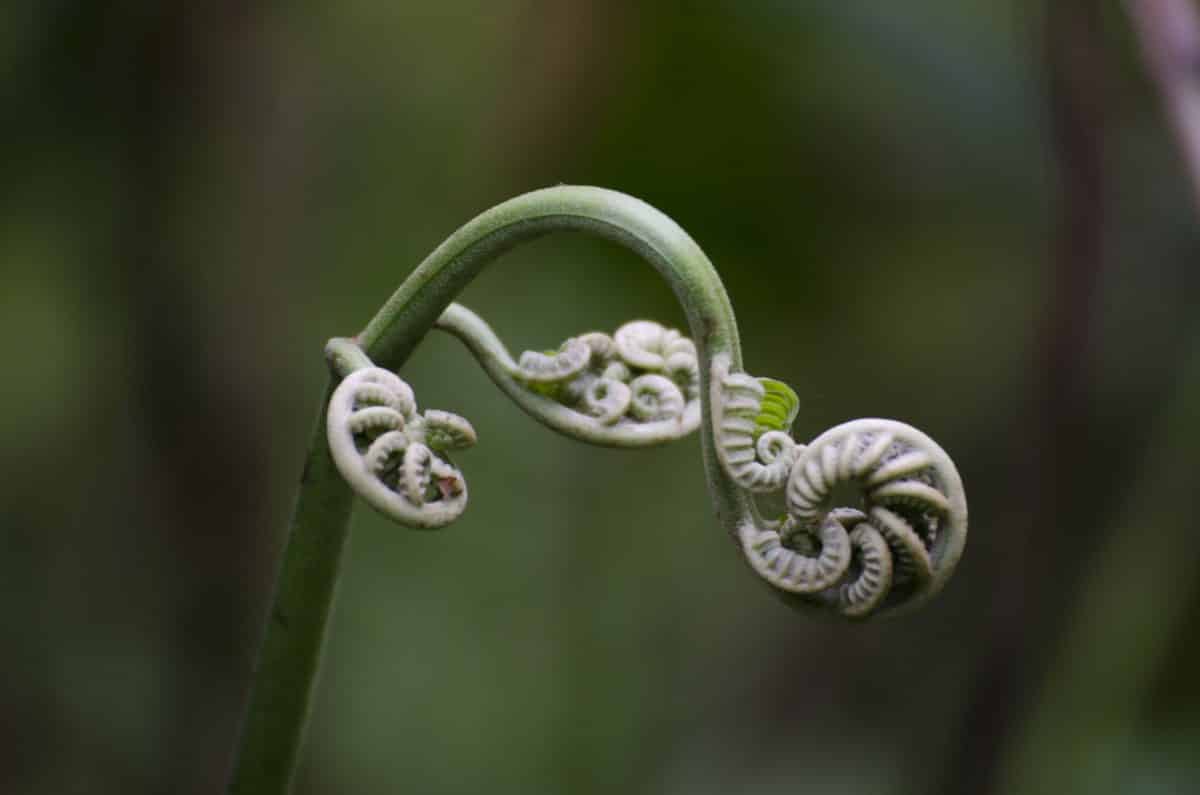
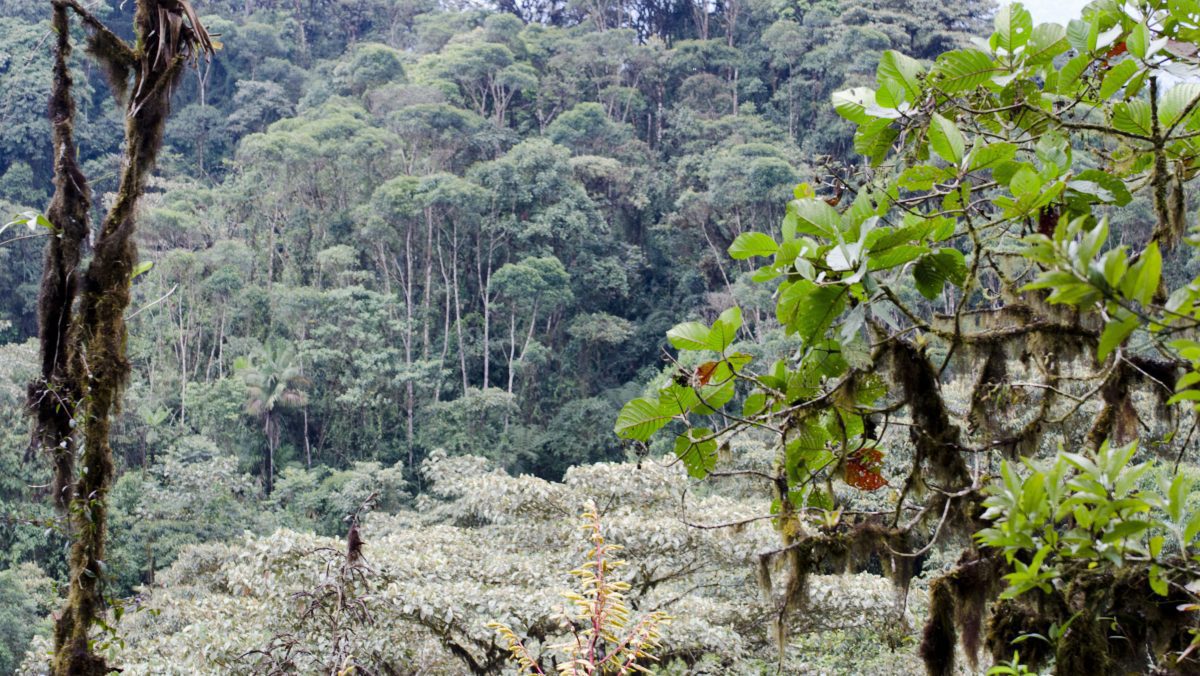
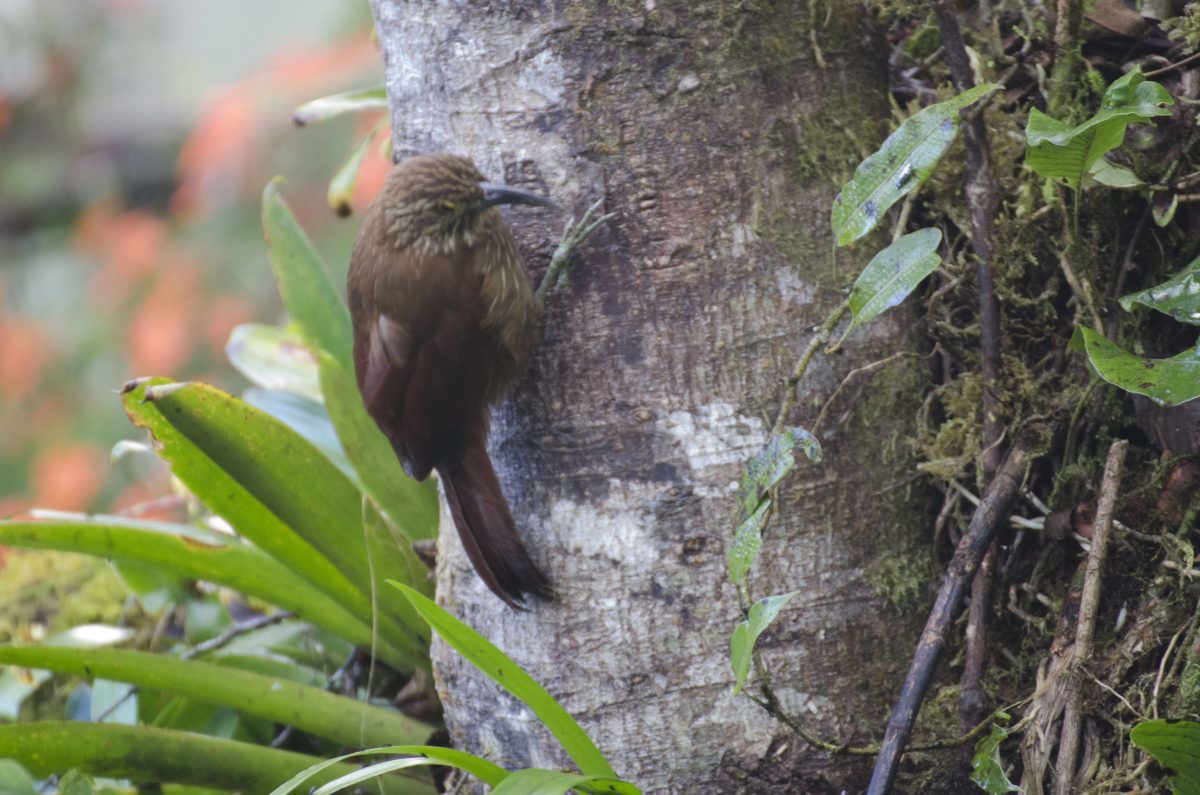

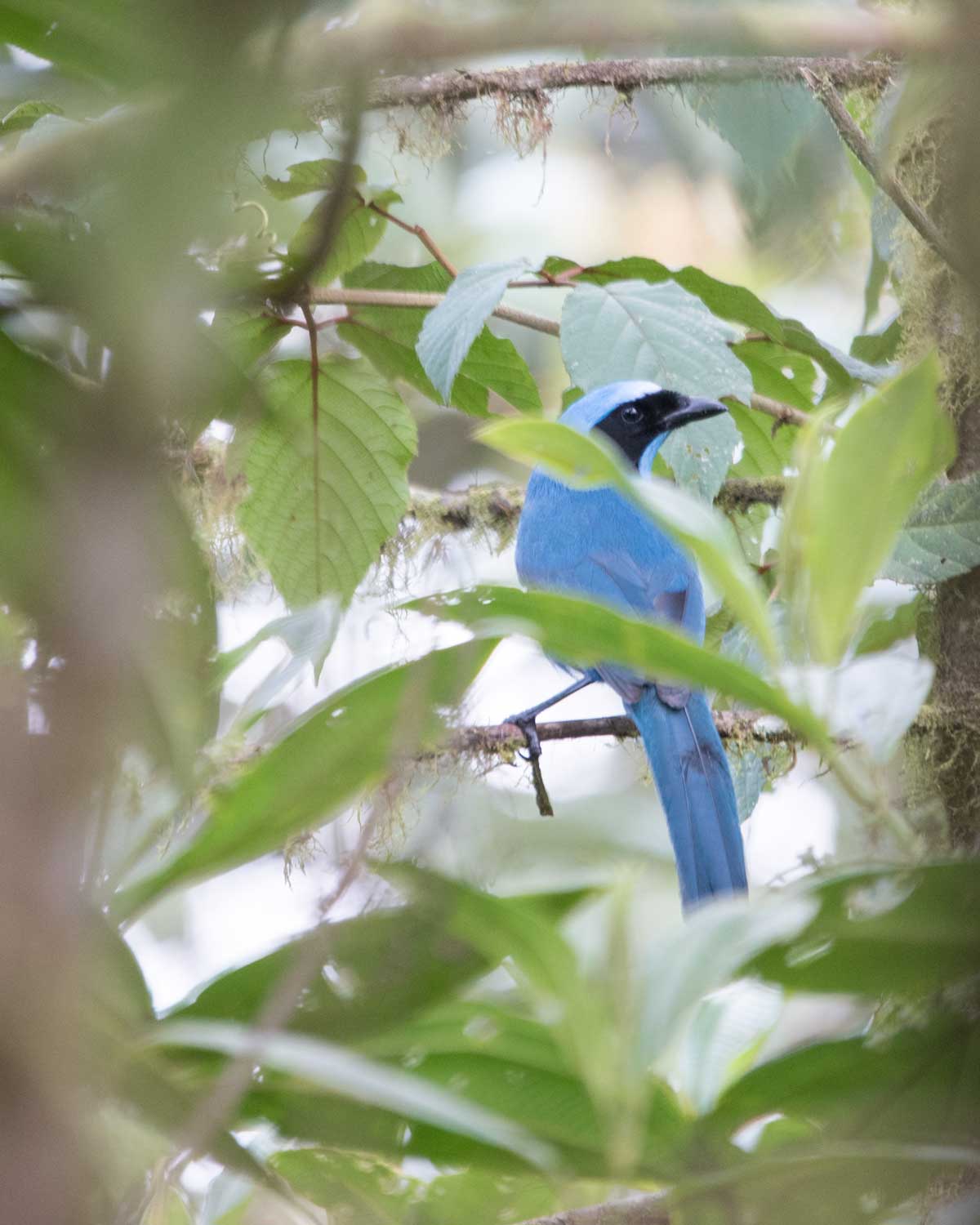
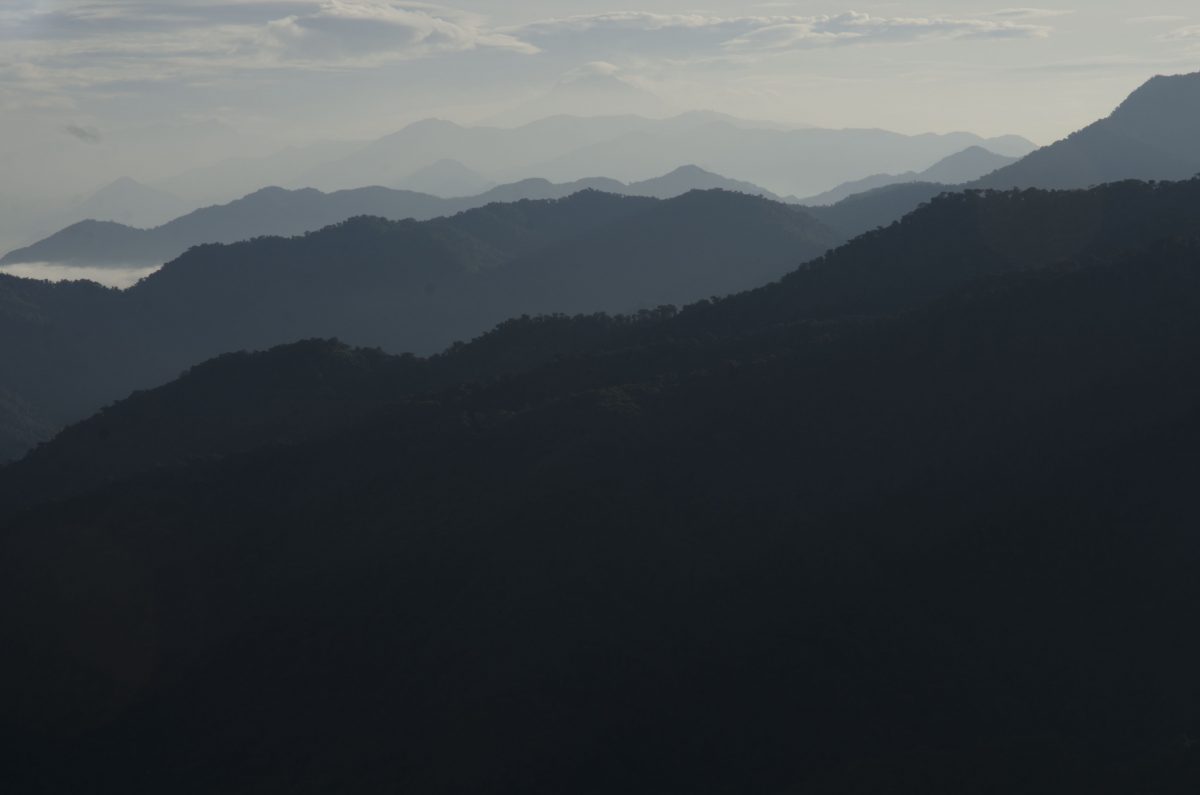
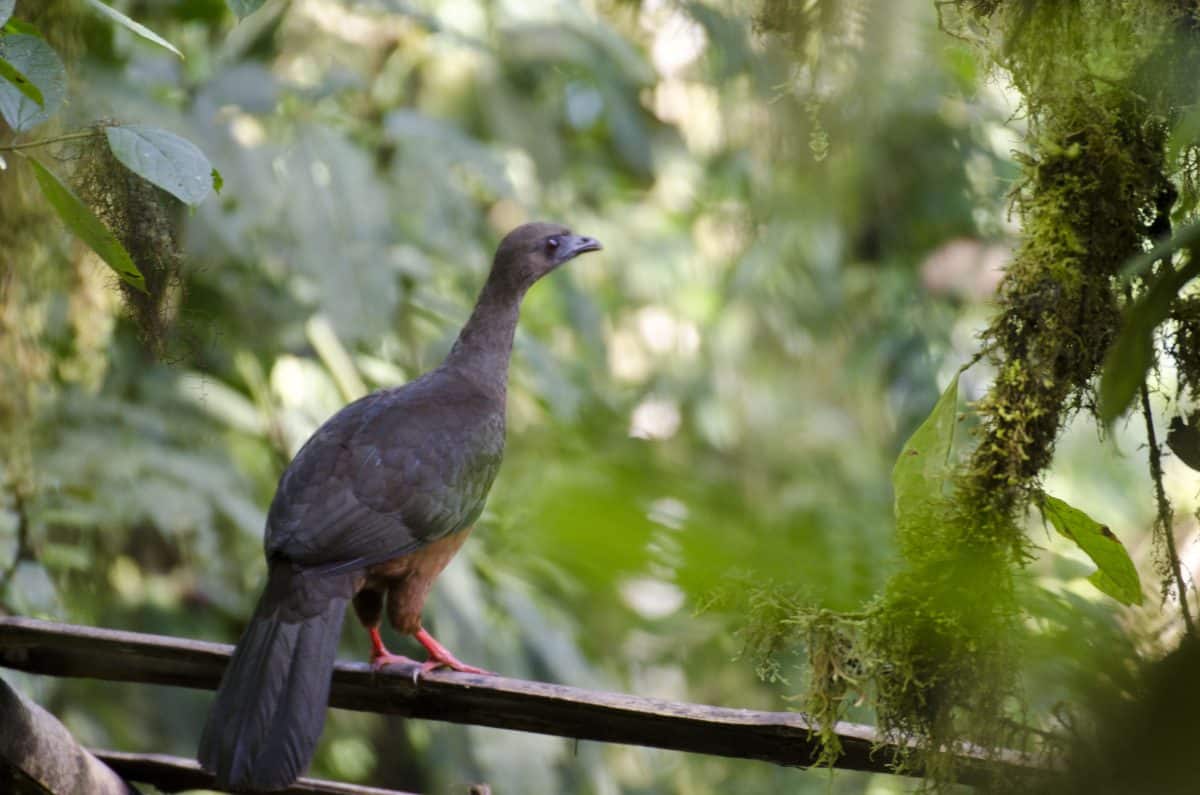
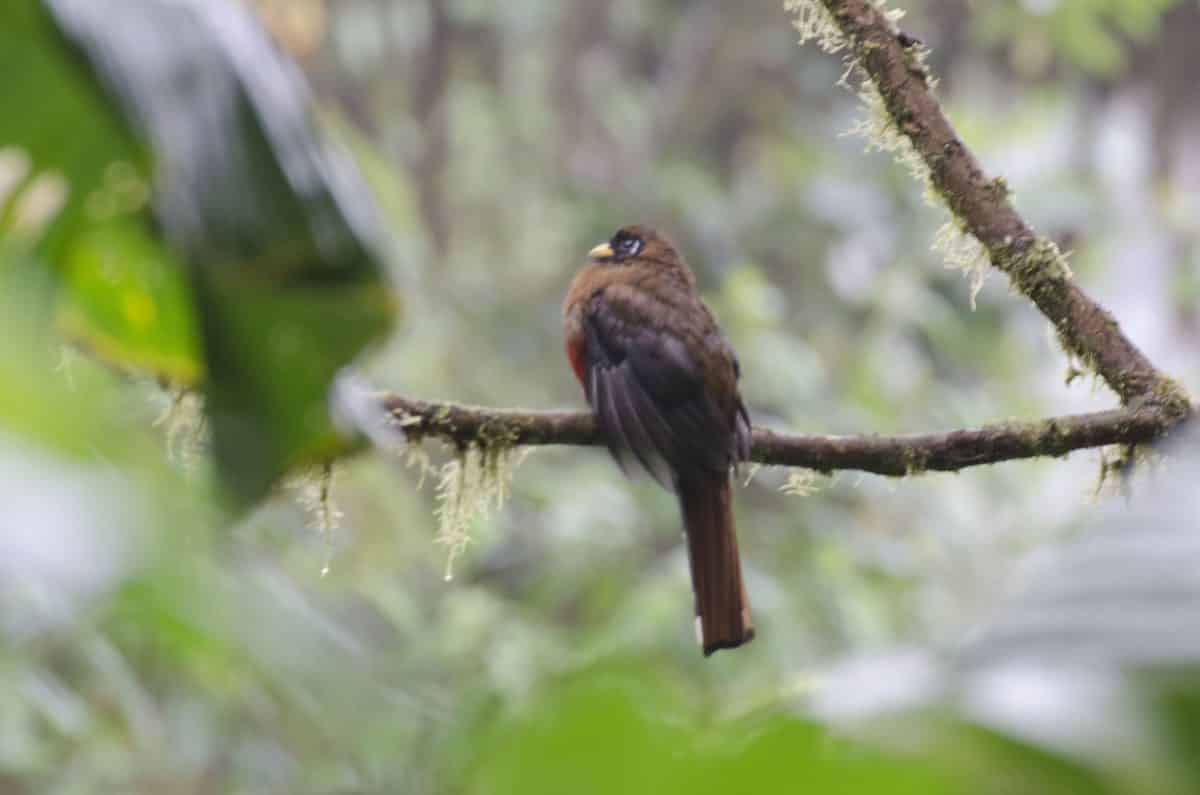




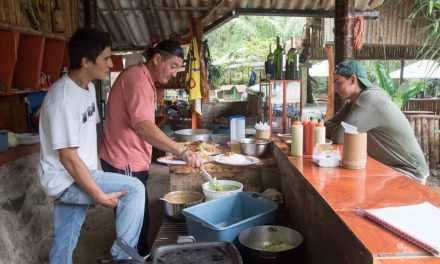
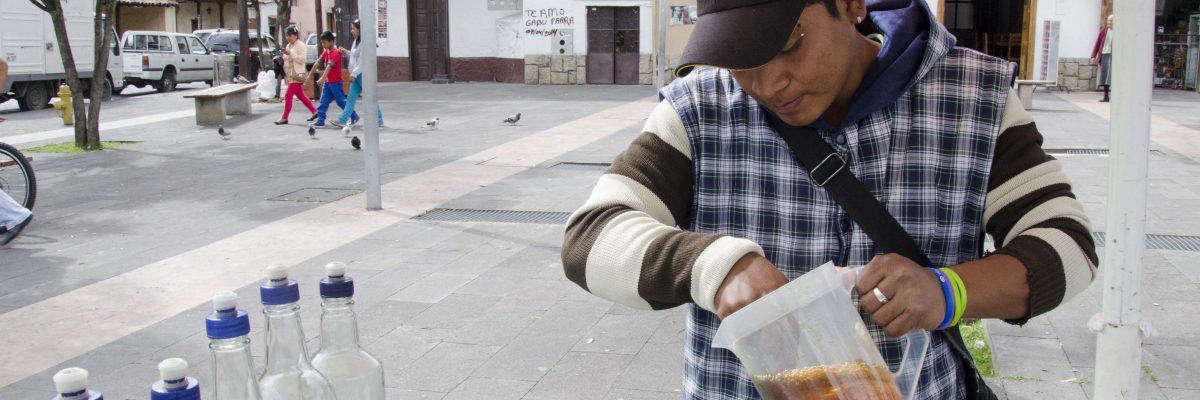
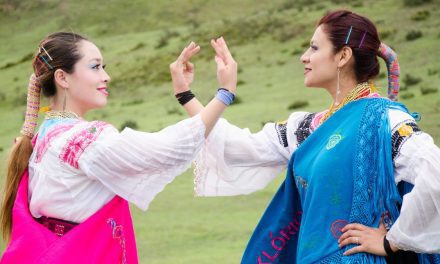

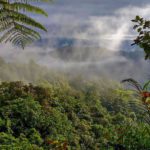
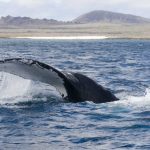
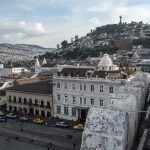
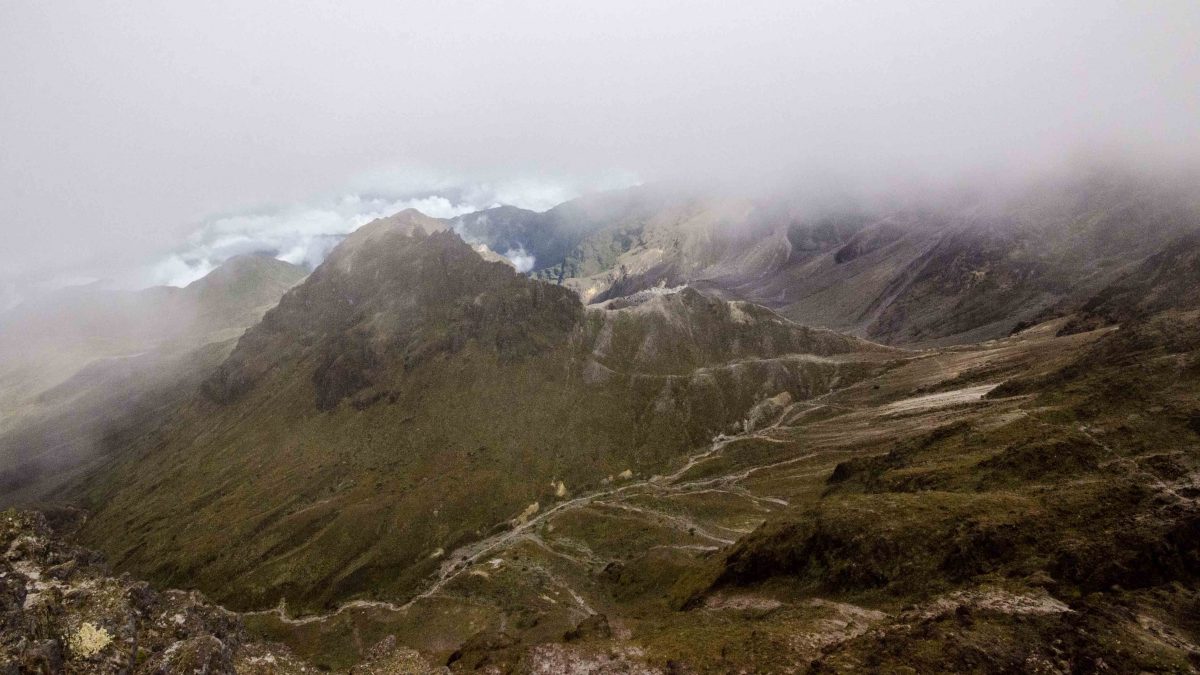
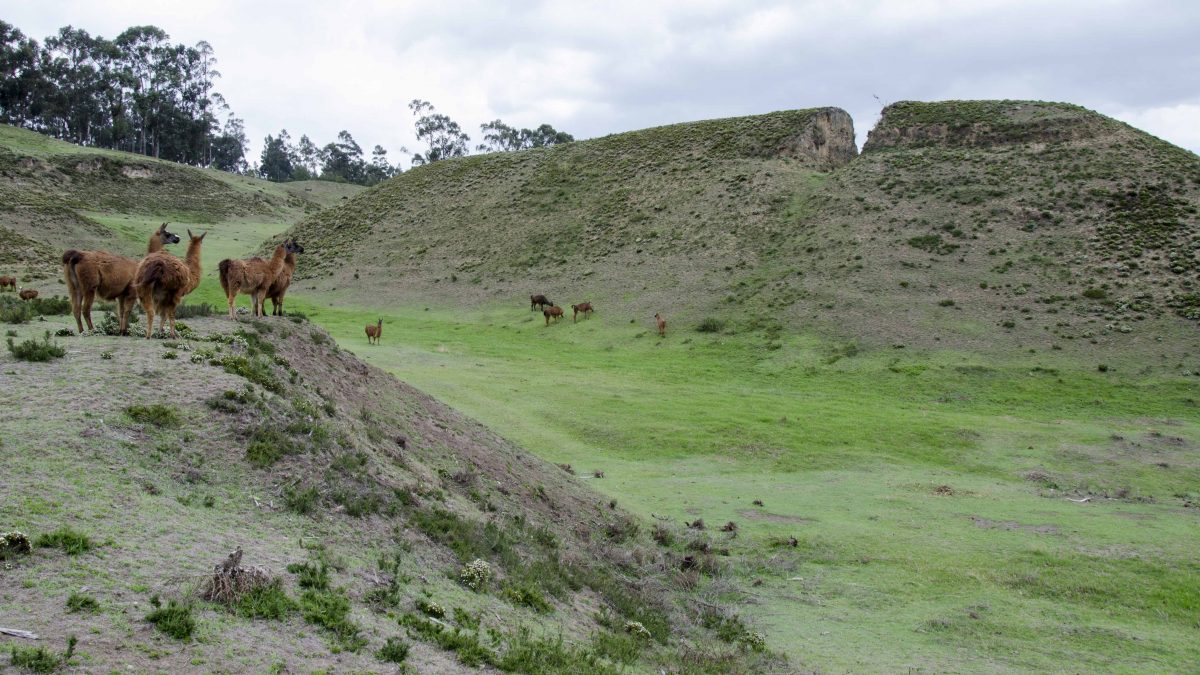
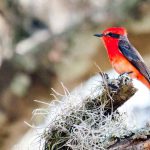

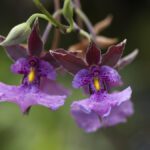

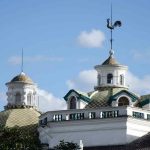
Yeah, Miko when can we go visit?
^^^Like^^^
THAT PLACE IS SOOOOO COOL! When can we visit?
Our guest room will be open as of October 🙂